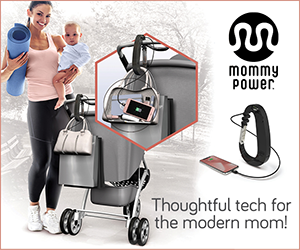Signing encourages language development
I happen to have just gotten off the phone with a mom inquiring about WeeHands classes. She knows her baby is ready to start signing because her daughter is pointing to objects and looking at her parents expectantly while sometimes vocalizing. You can without doubt sign to a baby before he or she starts to use gestures and to point but these gestures are a good sign that babies are ready to express themselves through sign. A baby will understand what you sign to them before baby starts to gesture, point and to use signs. Understanding a new language always comes before being able to expressively use that language.
Babies want to interact, communicate and share with you. At around 9-12 months of age, this ability to share attention with you: looking at an object and then look at a person expectantly, as if to say “Look at that thing! Isn’t it wonderful!” called Joint Attention develops. Joint Attention is considered one of the crucial building blocks of communication and language development.
In her book, It Takes Two to Talk, Ayala Manolson, gives the suggestion “allow your child to lead” as a strategy to encourage language development. Ayala explains that parents and caregivers, in a way, need to say less and observe more when interacting with their children. Parents need to be “willing to allow their children to lead so they have the chance to express their feelings, needs and interests”.
When your little one does try to share your attention, follow Ayala’s advice and allow your child to lead your interactions. When your little one points at bird on the window sill and then looks at you expectantly she may be trying to share your attention about that object. As best you can, when you little one points at something and looks at you expectantly, stop what you are doing and look at what she’s pointing to. Give her the verbal word and the ASL sign for the object that she’s interested in. This object is something she wants to communicate about! Let her know that you recognize her interest and label the item for her.
I can remember a time when my own daughter was about 13 months old. She has been signing since she was 11 months old and had about 5-6 signs. One of her favourite signs (and play objects) was BALL. One day she pointed to an orange on the counter and signed BALL. I followed her lead and picked up the orange and showed her the sign for ORANGE. She looked at me like I was crazy and signed BALL back to me! I quickly peeled and cut up the orange into little pieces, gave her a piece and signed ORANGE. This was her first bite of orange and she loved it! I must have given her 30 little bits of this new fruit and signed ORANGE each time. Towards the end of the orange she was signing ORANGE back to me to request another piece of her new favourite thing to eat!
Use these tips below to follow your baby’s lead and to share her attention:
Allow your baby to lead your conversations based on her interests and where her focus currently is Share your baby’s attention: if she’s pointing to something acknowledge what’s she’s pointing to and show her the sign for the object. Use nonverbal cues such as expectant looks, smiles and signs to let her know you are listening to her coos, babbles, signs and words.
-
Samorjj



